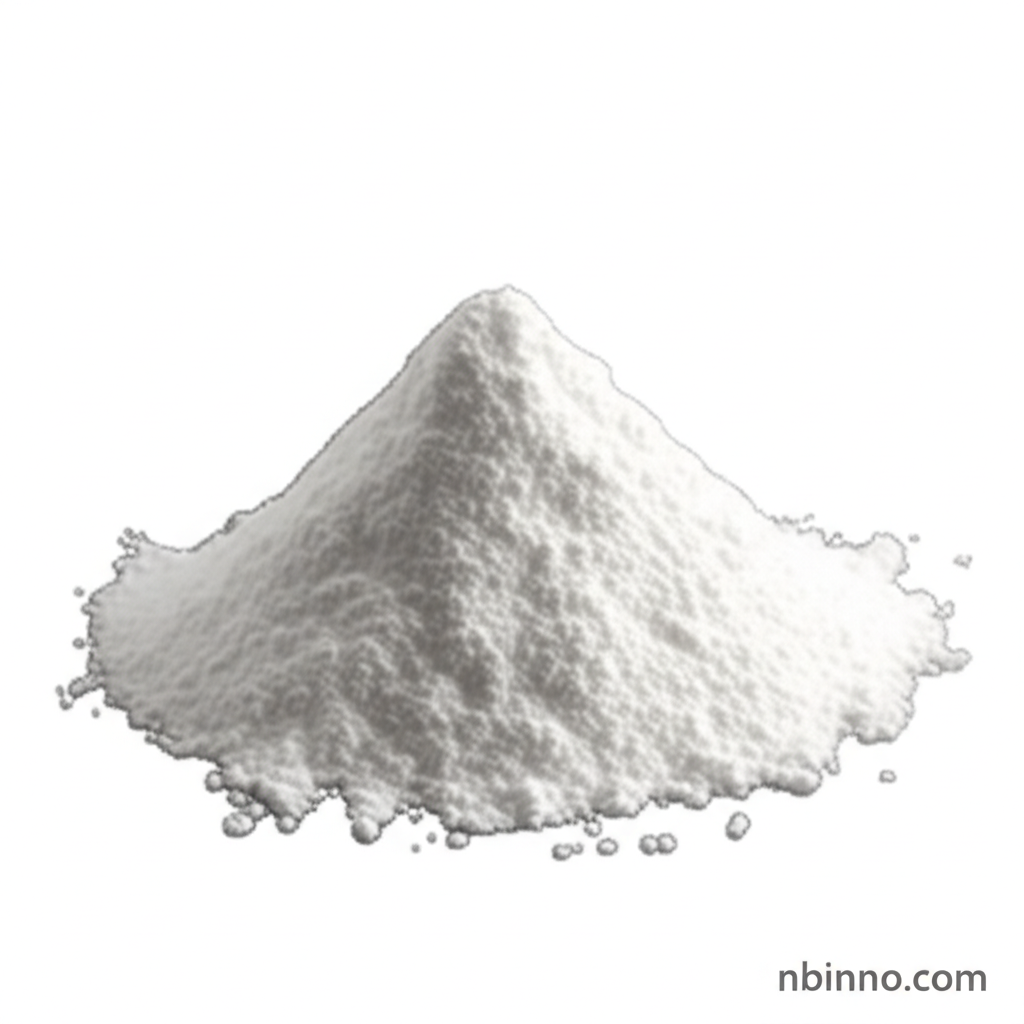Ciprofloxacin Lactate: A Comprehensive Guide to its Mechanism, Applications, and Usage
Discover the power of Ciprofloxacin Lactate, a leading fluoroquinolone antibiotic for fighting bacterial infections.
Get a Quote & SampleProduct Core Value

Ciprofloxacin Lactate
Ciprofloxacin Lactate is a vital fluoroquinolone antibiotic renowned for its efficacy in treating a wide array of bacterial and mycoplasma infections. Its mechanism of action centers on inhibiting bacterial DNA replication, making it a cornerstone in combating various infectious diseases.
- Explore the detailed ciprofloxacin lactate mechanism of action and understand how it effectively targets bacterial pathogens at a molecular level.
- Learn about the diverse ciprofloxacin lactate uses in animals and its significant role in veterinary medicine for treating infections.
- Understand the comprehensive ciprofloxacin lactate antibacterial spectrum, covering its effectiveness against numerous bacterial strains.
- Gain insights into potential ciprofloxacin lactate side effects and how to manage them responsibly for optimal patient outcomes.
Key Advantages
Potent Bacterial Inhibition
Ciprofloxacin lactate's core strength lies in its ability to inhibit DNA gyrase and topoisomerase IV, disrupting essential bacterial DNA processes and ensuring effective bacterial eradication.
Broad-Spectrum Efficacy
With its wide ciprofloxacin lactate antibacterial spectrum, this antibiotic is effective against a broad range of Gram-negative and some Gram-positive bacteria, offering versatile treatment options.
Veterinary Applications
Beyond human medicine, Ciprofloxacin Lactate plays a crucial role in animal health, providing effective treatment for various bacterial infections, as highlighted by its ciprofloxacin lactate uses in animals.
Key Applications
Treatment of Bacterial Infections
Ciprofloxacin lactate is instrumental in treating infections of the urinary tract, respiratory system, skin, bones, and joints, leveraging its potent antibacterial properties.
Veterinary Medicine
Essential for treating bacterial and mycoplasma infections in birds and animals, demonstrating its broad applicability.
Research and Development
Its well-defined mechanism of action makes it a valuable tool in research for understanding bacterial resistance and developing new antimicrobial strategies.
Chemical Synthesis
Serves as a key intermediate or reference compound in the synthesis and development of novel pharmaceutical agents.
